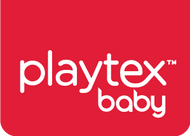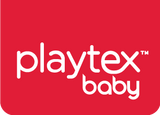Ages & Stages Feeding Chart
Ages & Stages Feeding Chart: How Much? How Often? From baby’s first bottle to memorable mealtime moments, we’re here to make it easy to know just how much to feed your baby and how often.
Nurturing Baby By the Ounce
When bottle feeding your baby, a good rule of thumb is to remember tiny babies have tiny tummies, about the size of his or her fist — so small, frequent feedings are always best. Start your baby’s feeding routine with one of our innovatively designed bottles.
From baby’s first bottle to memorable mealtime moments, we’re here to make it easy to know just how much to feed your baby and how often.
Feeding By the Spoonful
As your baby graduates to cereal and solid foods, he can take in more at each meal, fewer times per day. Our mealtime plates, bowls and utensils serve up perfect portions every time.
Relax and Enjoy Mealtime Moments
When developing a bottle feeding and mealtime routine for you and your baby, the two of you will naturally work out how much, and how often. And don’t forget, this routine may change as your baby grows.
| AGES & STAGES | FOOD TYPE | HOW MUCH (milk/formula) |
HOW OFTEN | DEVELOPMENTAL SKILLS |
|---|---|---|---|---|
| Newborn | Breast milk and/or formula. | 1 - 2 ounces 28 - 56 g |
6 to 10 bottles per day | Practice instinctive sucking motion. |
| 1 - 5 months | Breast milk and/or formula. | 3 - 4 ounces 85 - 113 g |
7-10 bottles per day | Tongue still pushes out food and baby still has a sensitive gag reflex. |
| 5 - 9 months | Introduce starter foods, such as mashed avocado and pureed banana, applesauce, squash and sweet potatoes | 4 - 6 ounces 113 - 170 g |
4 to 5 bottles per day | Gag reflexes lessen; baby sits erect in a high chair and begins teething; thumb-and index finger pickup of food begins. |
| 9 - 12 months | Introduce a broader variety of mushy foods such as wild salmin, quinoa and aotmeal. Slowly introduce healthy oils such as olive and flax. | 6 - 8 ounces 170 - 226 g |
3 to 4 bottles per day | Holds own bottle; tries self-feeding; smears, enjoys mess; reaches for food and utensils. |


